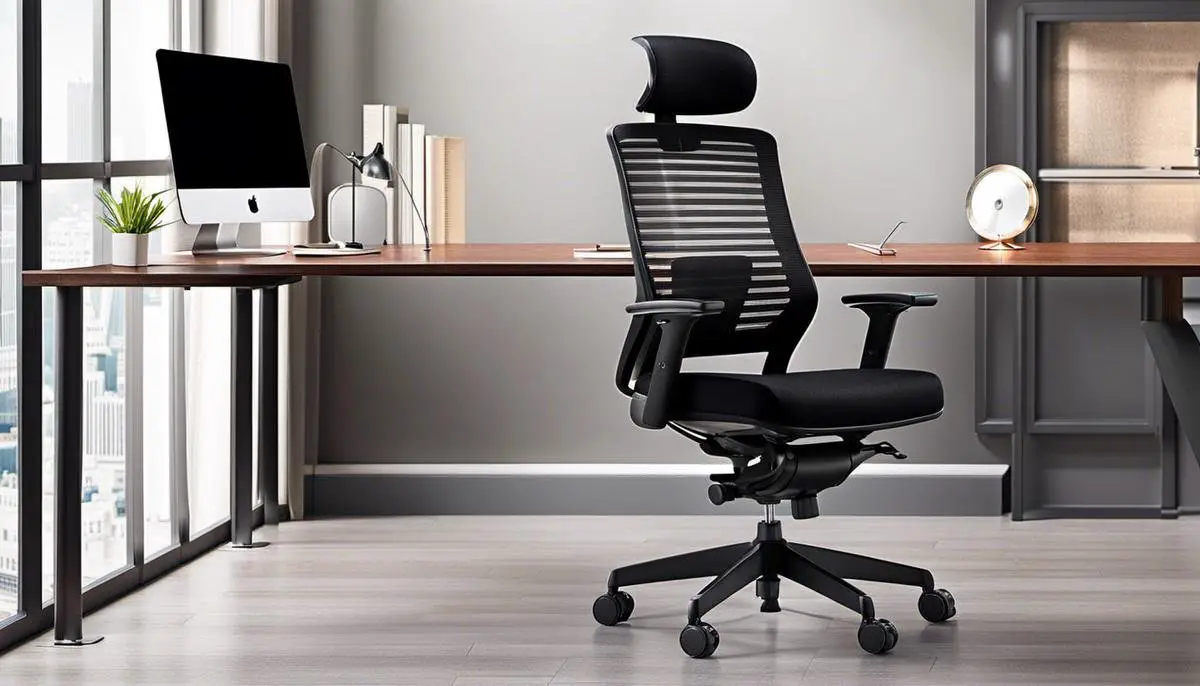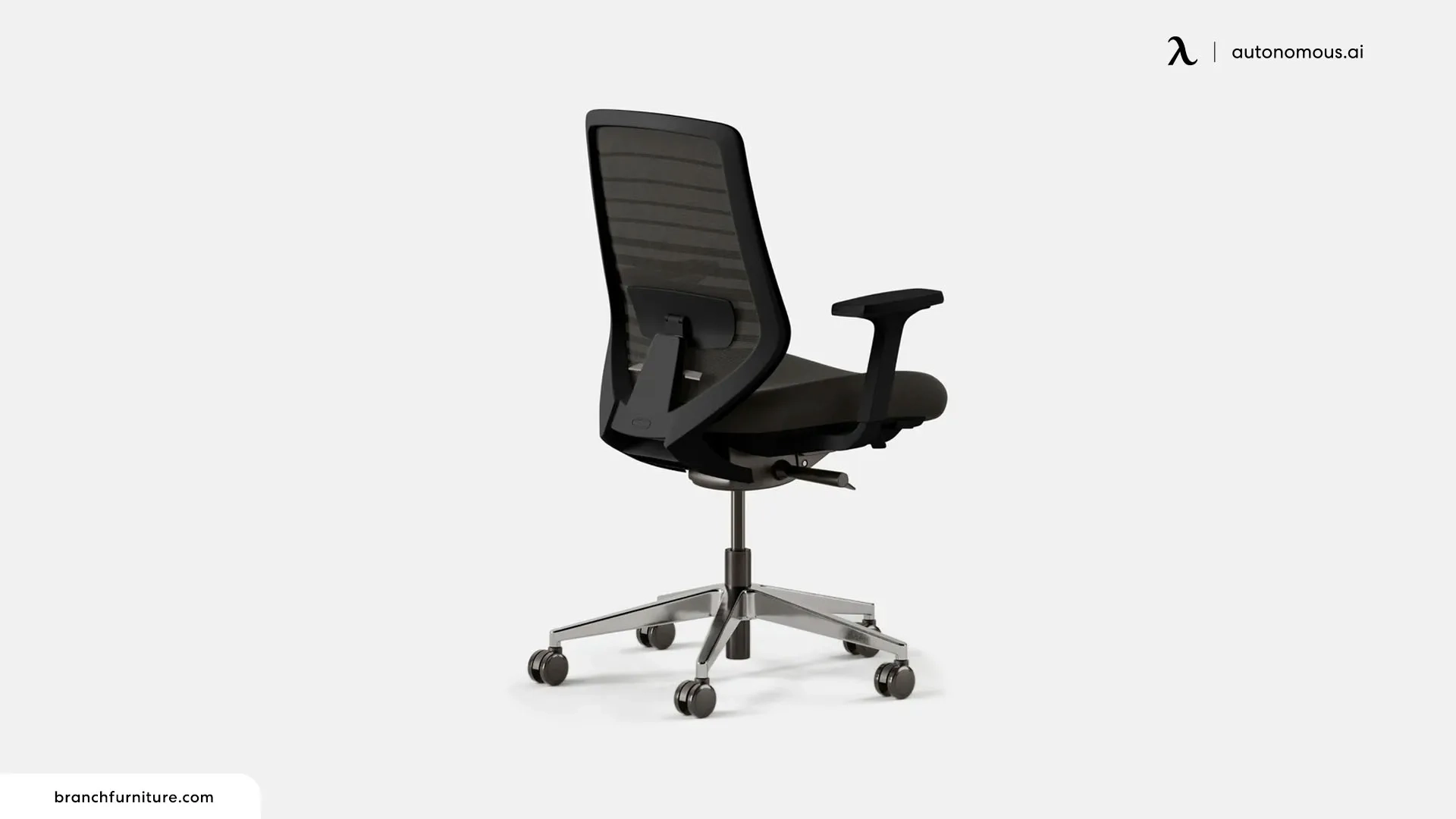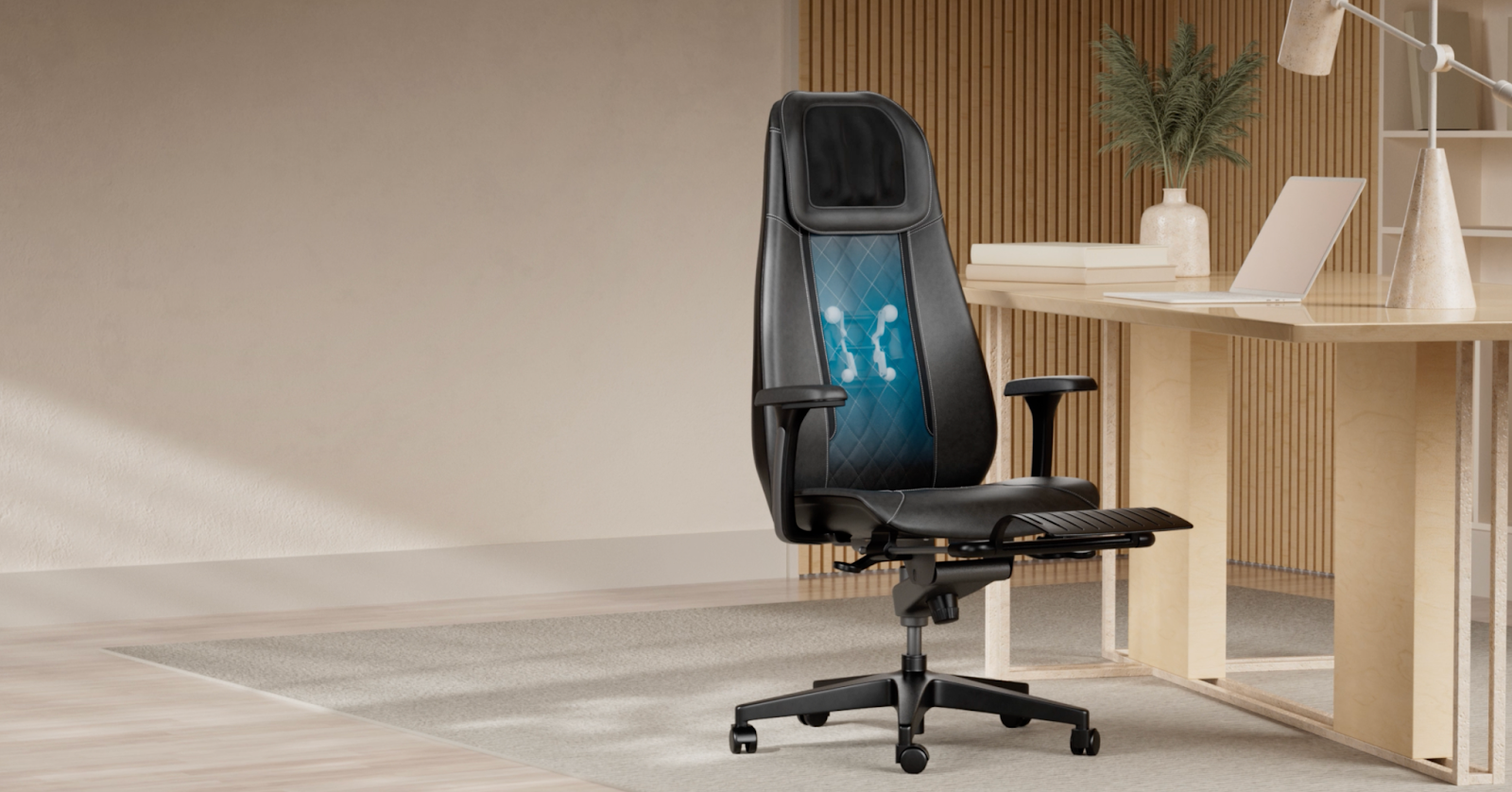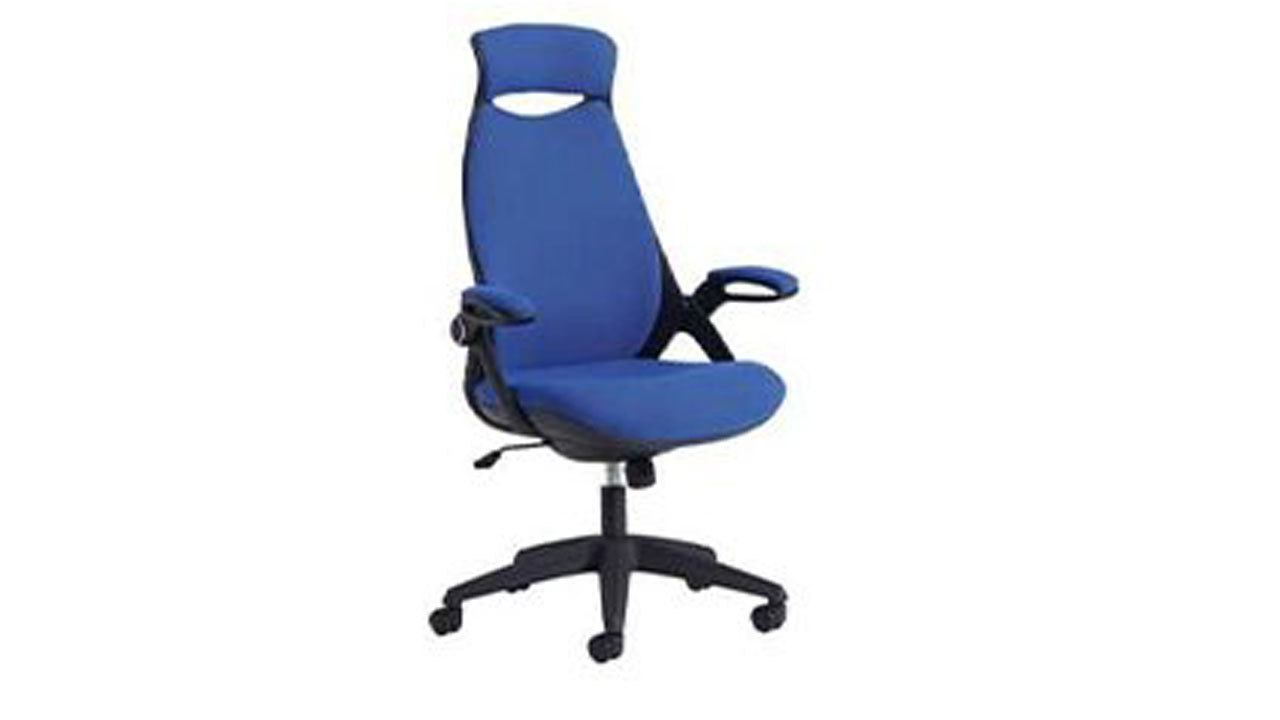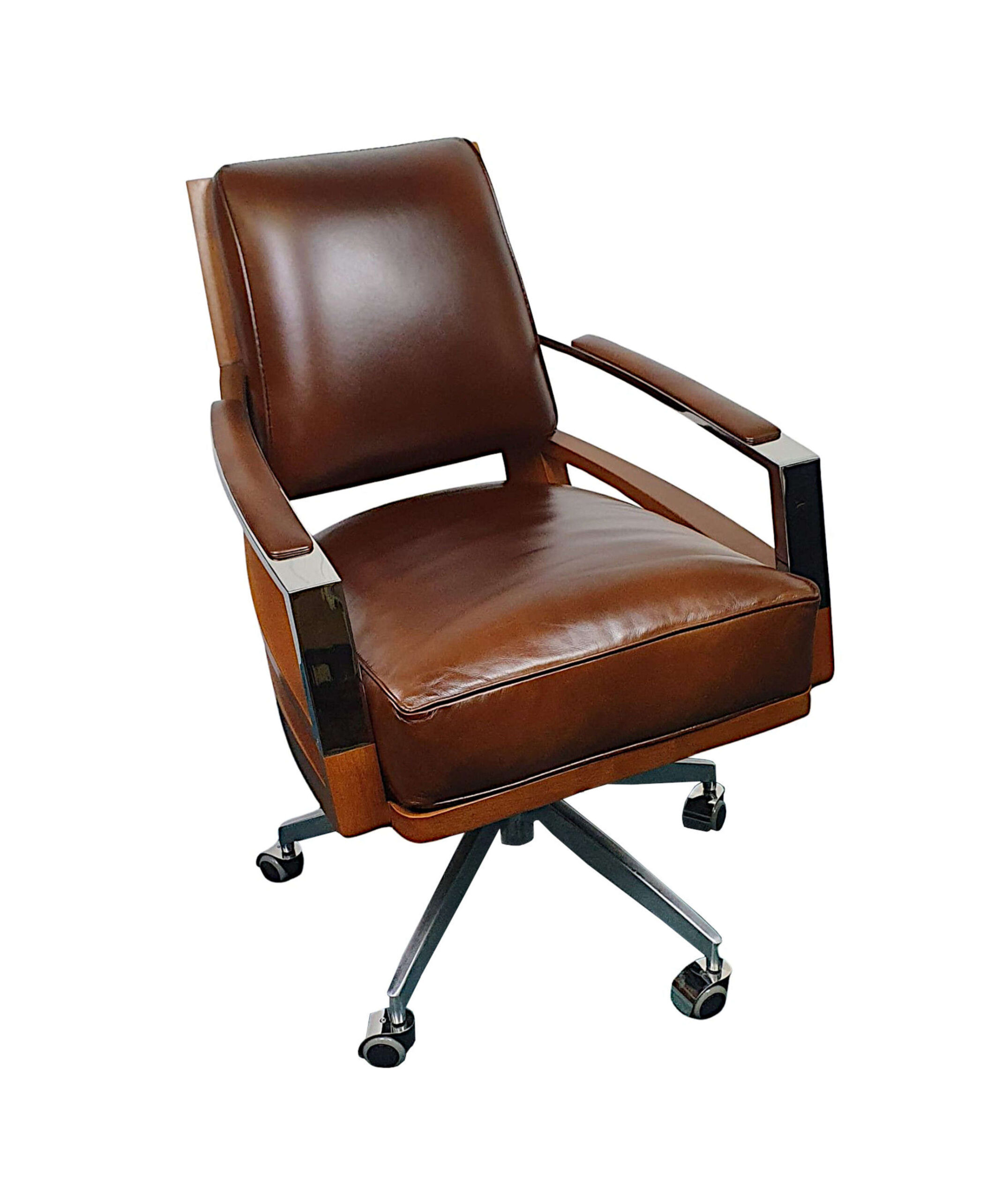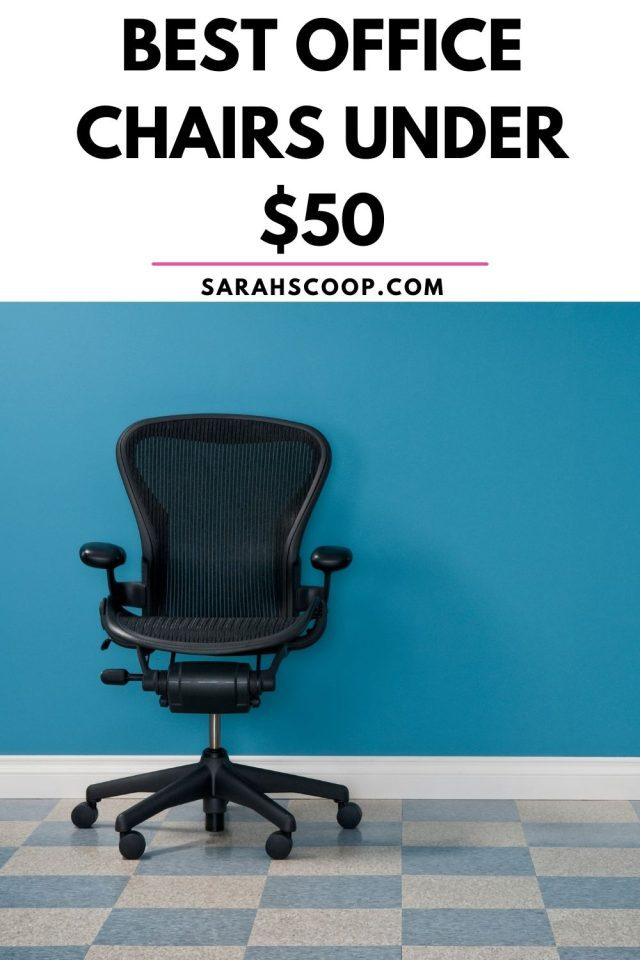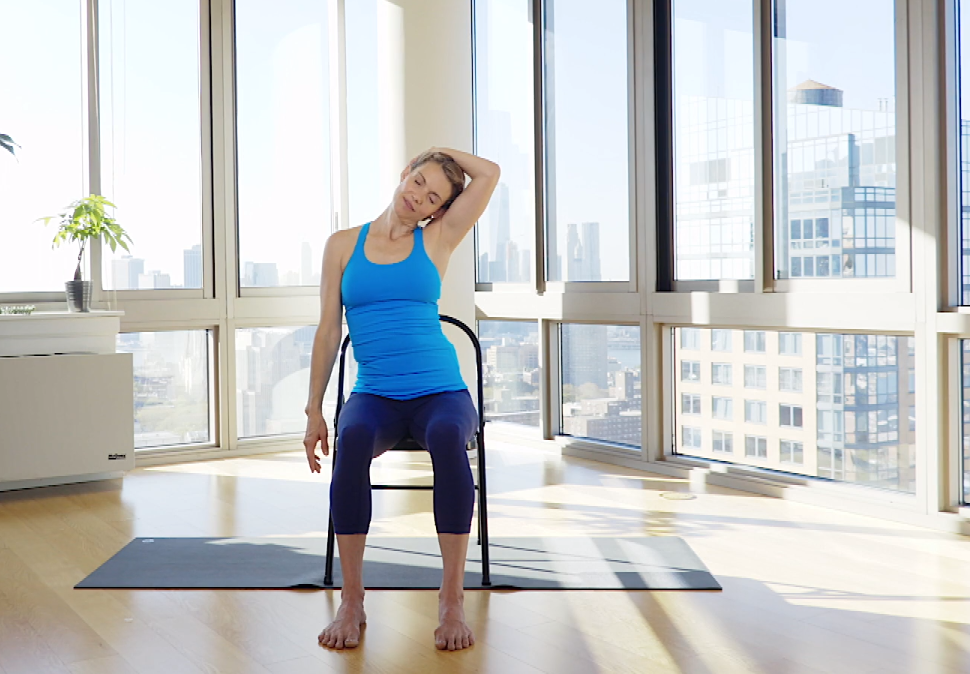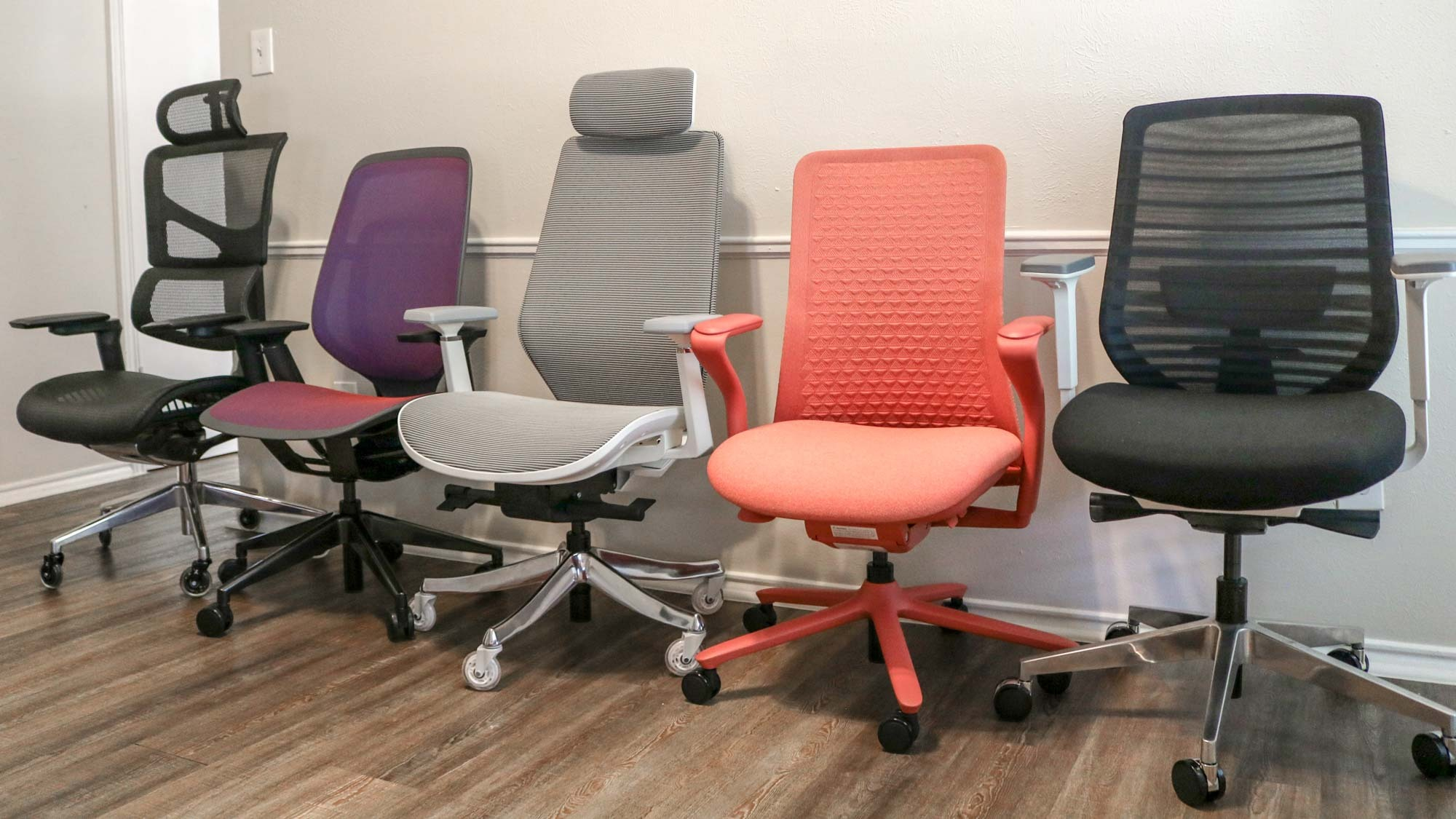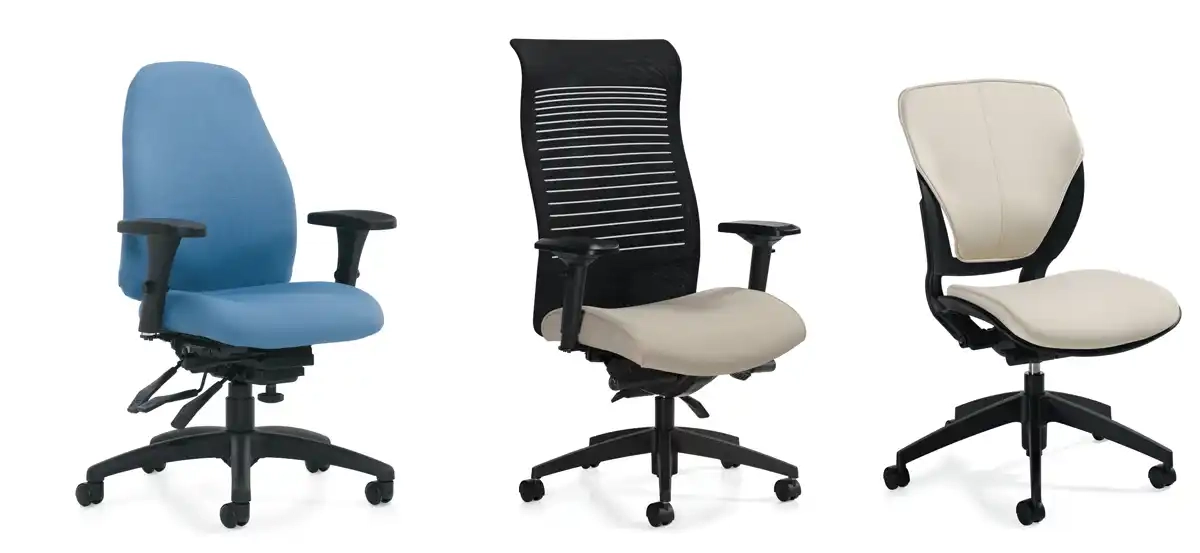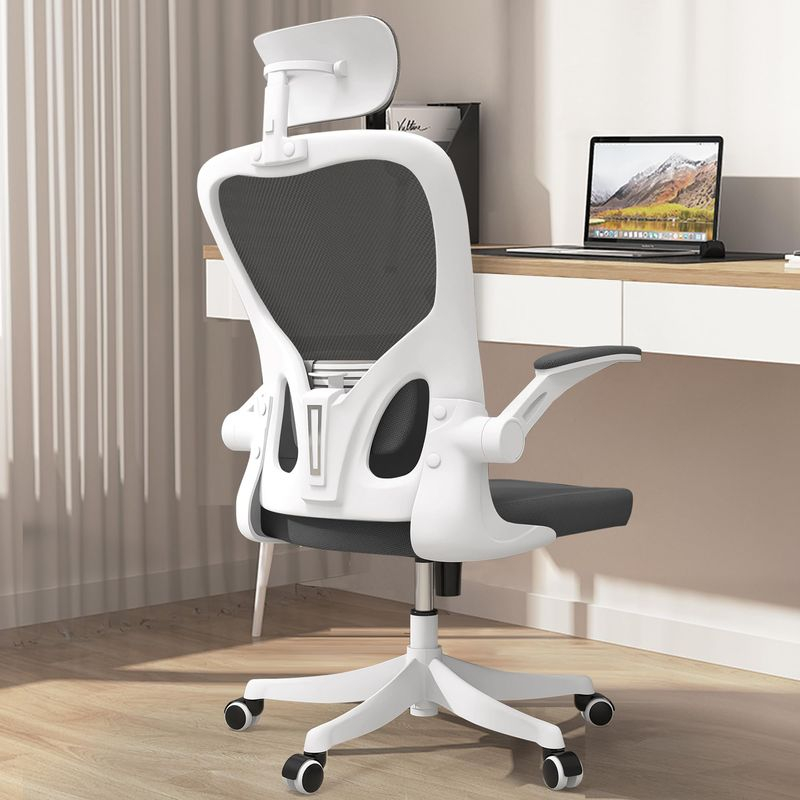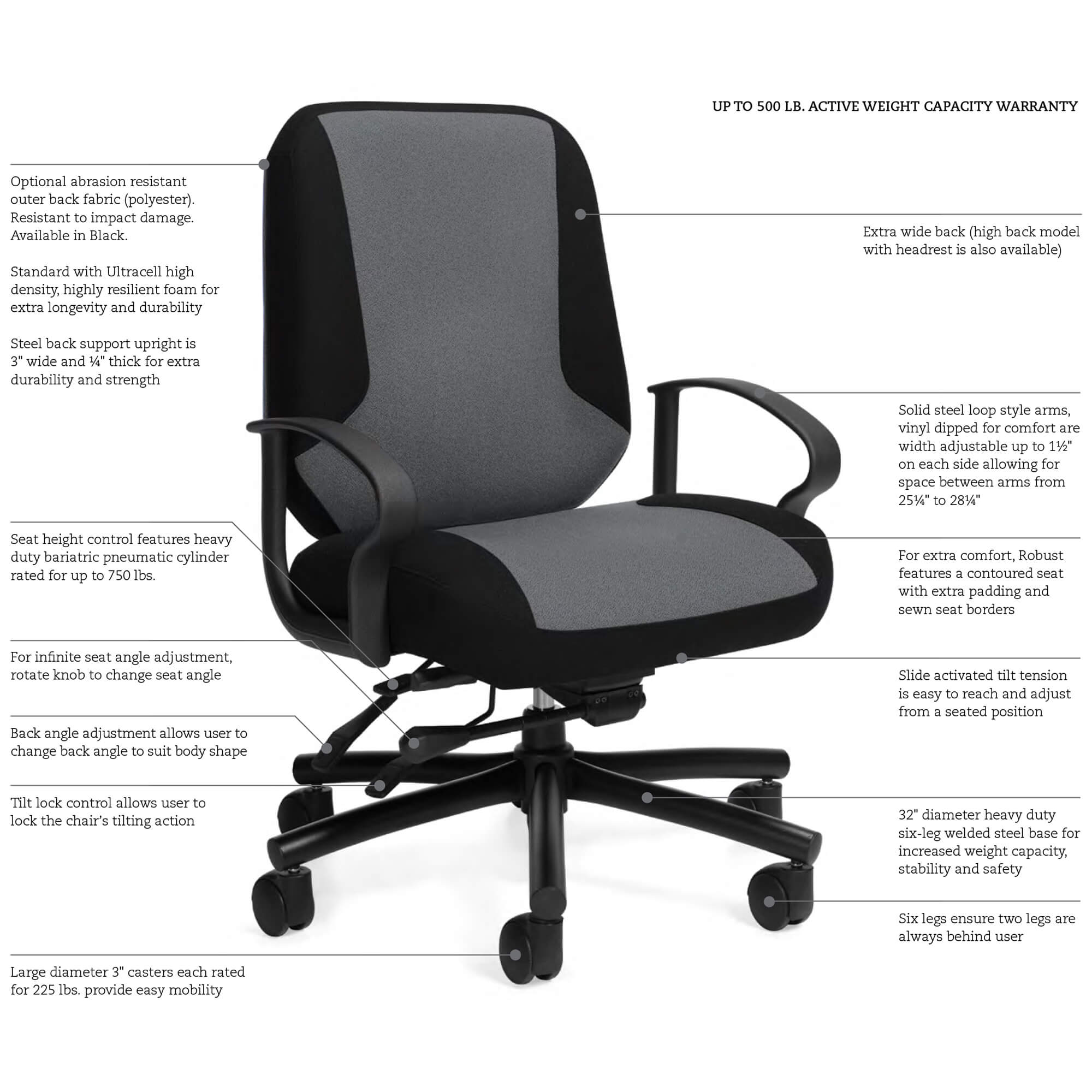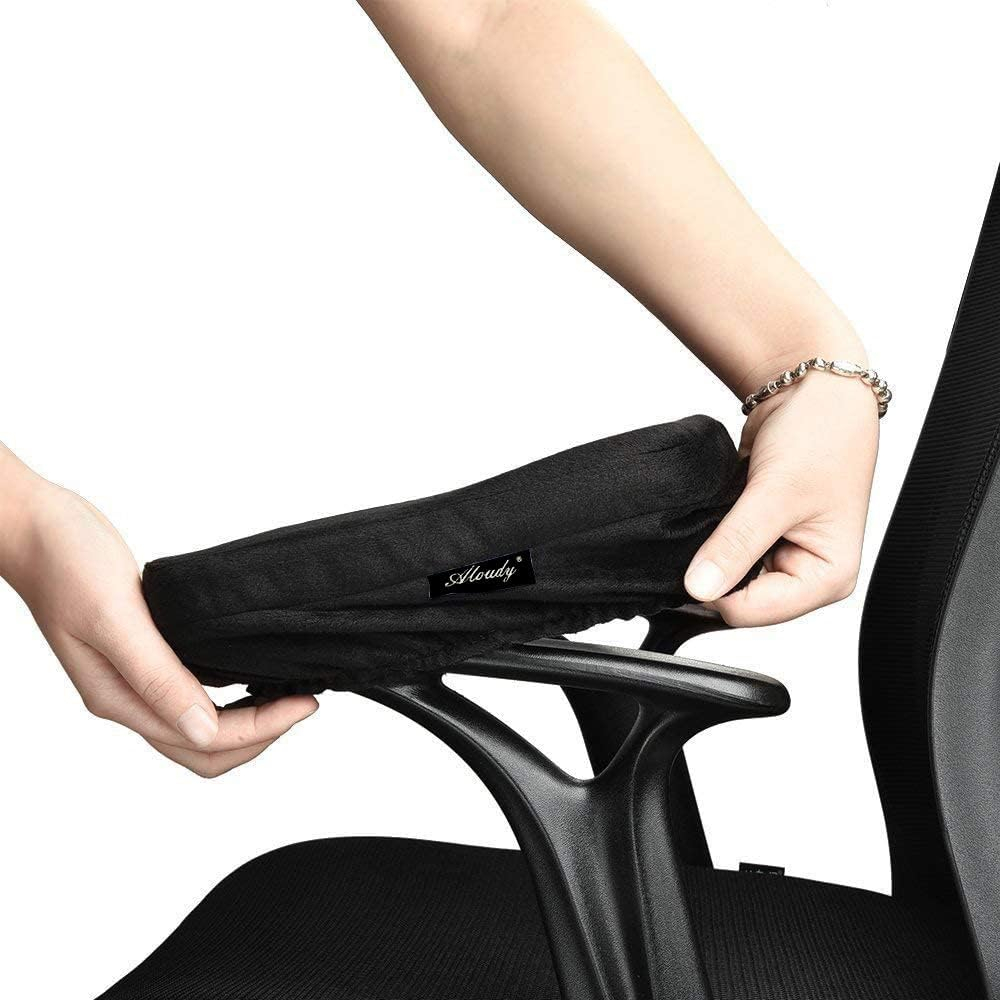Ever thought about how much time you spend sitting? For many of us, it’s the lion’s share of our waking hours. And where do we do most of that sitting? Yep, at our desks, in our office chairs. But have you ever stopped to consider if that chair is actually helping you, or perhaps subtly hindering your well-being and efficiency? It turns out, the design of your office chair isn’t just about aesthetics or basic comfort; it’s a complex interplay of ergonomics, biomechanics, and even psychology that can shape your entire workday, and your health for years to come.
We often focus on our tasks, deadlines, and the technology we use, but the humble office chair is a silent co-worker, playing a pivotal role in our daily experience. A poorly designed chair can lead to a cascade of discomforts – a stiff neck, aching back, numb legs – that chip away at your focus and energy. Conversely, a well-designed chair can be a supportive partner, encouraging good posture and allowing you to concentrate on what truly matters. So, what’s the ‘science’ behind sitting well, and how does chair design make such a difference? Let’s dive in and explore this often-overlooked aspect of our working lives.
Understanding Ergonomics: The Foundation of Comfort
Ergonomics is essentially the science of designing things – in this case, chairs – to fit the people who use them. It’s about making sure the tools and environments we interact with are optimized for efficiency and safety. When it comes to office chairs, ergonomic principles focus on supporting the natural curves of your spine, distributing weight evenly, and allowing for a variety of natural postures. Think about it: our bodies aren’t designed to be static for hours on end. An ergonomic chair aims to accommodate movement and provide support where it’s needed most, reducing the strain that prolonged sitting can cause. This means features like adjustable lumbar support, seat depth, and armrests are not just fancy add-ons; they are crucial components for a healthy sitting experience.
The Spine’s Best Friend: Lumbar Support and Posture
Your spine has a natural ‘S’ shape, and maintaining this alignment while sitting is key to preventing back pain. The lumbar region, the lower part of your spine, is particularly vulnerable. An office chair with good lumbar support helps to maintain the natural inward curve of your lower back. Without it, many people tend to slouch, flattening this curve and putting excessive pressure on the spinal discs. Some chairs have fixed lumbar support, while others offer adjustable support, allowing you to customize the depth and height. Finding the right fit for your unique body shape and posture is a game-changer. It’s not about forcing yourself into a rigid position, but rather about providing a gentle, supportive cue that encourages a healthier alignment.
Beyond the Back: Seat Design and Leg Comfort
It’s not just your back that needs attention. The seat of the chair plays a significant role too. A seat that’s too hard can create pressure points, leading to discomfort and poor circulation in your legs and glutes. A seat that’s too soft might not offer enough support. Ideally, a good office chair seat should have a slightly contoured surface to distribute weight evenly and a waterfall edge – a rounded front edge that prevents the seat from pressing into the back of your thighs. This subtle design feature can significantly improve blood flow and reduce that pins-and-needles sensation many experience after sitting for a while. Seat depth adjustability is also vital, ensuring there’s enough space between the front of the seat and the back of your knees, typically about two to four fingers’ width.
The Role of Armrests and Adjustability
Armrests might seem like a minor detail, but they are crucial for relieving strain on your shoulders and neck. When armrests are at the correct height, they allow your arms to rest at roughly a 90-degree angle, supporting your forearms and reducing the tendency to hunch your shoulders. Adjustable armrests are best, as they can be moved up, down, in, and out to accommodate different body types and desk heights. Beyond armrests, the overall adjustability of a chair is paramount. Being able to fine-tune seat height, backrest tilt, and even the tension of the recline allows you to find a personalized sweet spot. This adaptability is what transforms a generic chair into one that truly works for you, rather than against you.
Movement and Dynamic Sitting: Breaking the Static Cycle
Our bodies crave movement. Prolonged static sitting, even in a perfectly ergonomic chair, isn’t ideal. Modern chair design is increasingly incorporating features that encourage subtle movement throughout the day. Think about chairs with synchronized tilt mechanisms, where the backrest and seat move in harmony as you recline, allowing you to shift your weight and change your posture naturally. Some chairs even have responsive backrests that adapt to your movements. This concept of ‘dynamic sitting’ is about breaking the cycle of being locked into one position. It promotes better circulation, engages core muscles, and can even boost alertness. It’s a reminder that the best posture is often your next posture.
Putting It All Together: Finding Your Perfect Chair
So, how do you apply this knowledge? When looking for an office chair, don’t just go for the one that looks good. Prioritize adjustability: lumbar support, seat height, seat depth, and armrests. Consider the material for breathability and comfort. Most importantly, try before you buy if possible, or ensure there’s a good return policy. Sit in it for a good few minutes, mimic your typical working posture, and see how it feels. Does it support your back? Are your feet flat on the floor? Are your arms comfortably supported? Investing in a well-designed, ergonomic office chair is an investment in your comfort, your productivity, and your long-term health. It’s a simple change that can have a profound and positive impact on your entire day.
The science of sitting well is clear: the design of your office chair matters immensely. By understanding the principles of ergonomics and the importance of features like lumbar support, proper seat design, and adjustability, you can make informed choices about your workspace. A chair that supports your body’s natural alignment and encourages movement isn’t just a piece of furniture; it’s a tool for better health and enhanced performance. So next time you settle into your seat, take a moment to appreciate its role, and remember that a little attention to your chair can go a long way in making your workday, and your life, a lot more comfortable and productive.

